Planning and teaching for equitable outcomes for all ākonga
This section explores the importance for equitable outcomes for ākonga of adaptive expertise and deliberate professional acts, cultural relationships for responsive pedagogy, and home, school, and community collaborations.
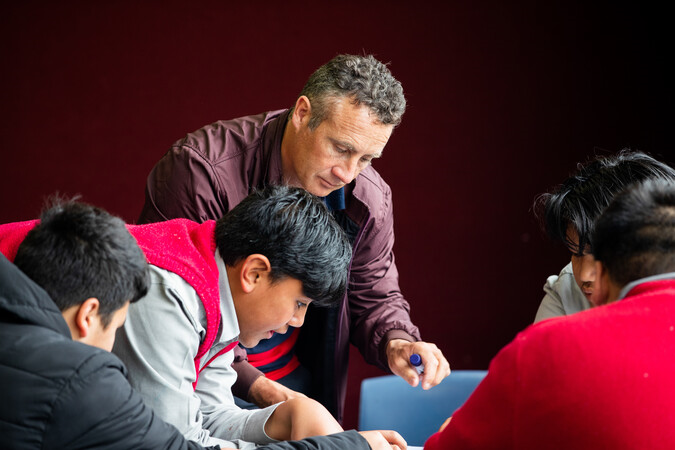
About this resource
Te Mātaiaho | the refreshed NZ curriculum aims to be a curriculum that is underpinned by the principles of Te Tiriti o Waitangi, has a bicultural foundation, and values mātauranga Māori.
Planning and teaching for equitable outcomes for all ākonga
Te Mātaiaho | the refreshed NZ curriculum aims to be a curriculum that is underpinned by the principles of Te Tiriti o Waitangi, has a bicultural foundation, and values mātauranga Māori. It recognises, affirms, and supports the learning of ākonga of all languages, cultures, abilities, and talents. It provides ākonga with coherence and continuity across the transitions in their schooling, and it is balanced in promoting their cognitive, physical, aesthetic, cultural, creative, social, and emotional development.
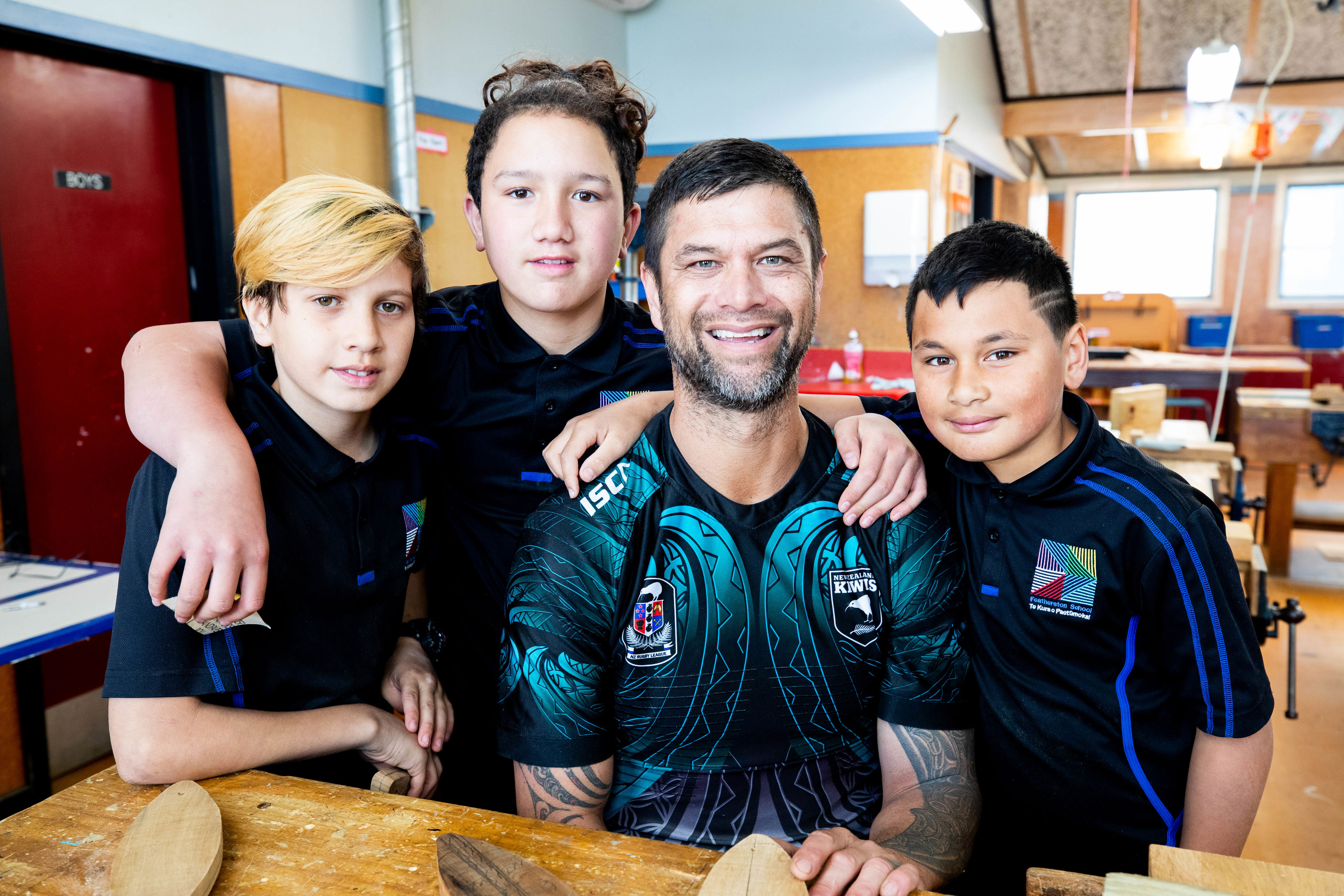
Effective teaching practice in literacy is foundational for ākonga success at all phases of learning and across all areas of learning. It is also complex.
In Quality Teaching for Diverse Students in Schooling: Best Evidence Synthesis Iteration (BES) 2003, Alton-Lee defines diversity as encompassing many characteristics, including ethnicity, socio-economic position, home language, gender, special needs, disability, and giftedness. Teaching needs to be responsive to diversity within ethnic groups to ensure it is not based on the assumption that all ākonga from a particular ethnic group will have similar strengths and needs.
Since that time, research has continued to identify the need for key system shifts to achieve equity and excellence for all ākonga, particularly for those who are still not well served by the current system.
Mere Berryman (2018) identifies three critical contexts for change in her work on comprehensive school reform:
- adaptive expertise, driving deliberate professional acts in curriculum, policies, and practices
- cultural relationships for responsive pedagogy
- home, school, and community collaborations
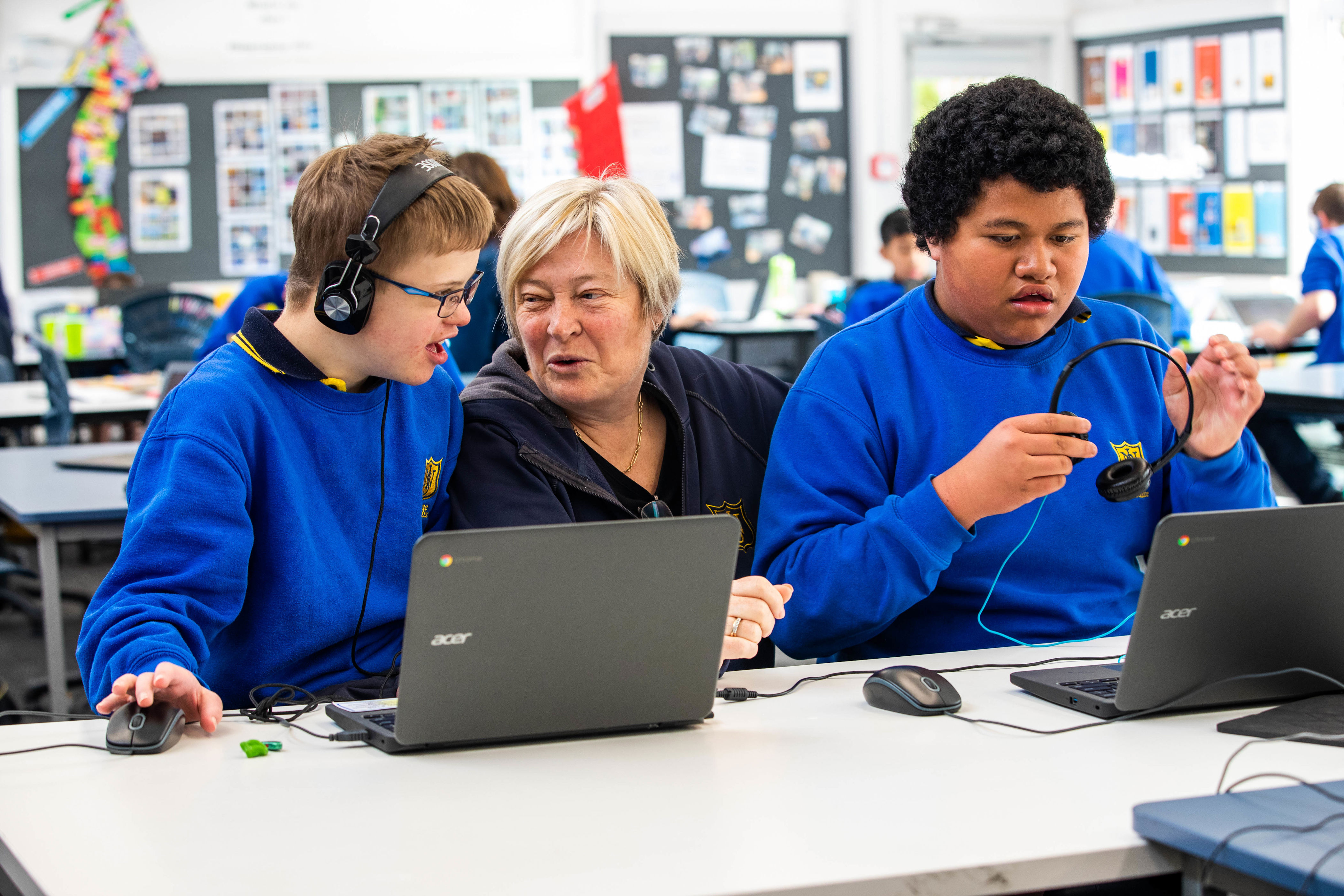
Kaiako who demonstrate adaptive expertise make the most of all opportunities to engage ākonga in their learning, developing personalised pathways for them and being deliberate in how they teach. Their teaching is based on actual information about ākonga, not on assumptions about their abilities, and they do not rely on generic models of instruction without assessing whether or not these are appropriate.
The decision to implement an intervention or teaching practice should be guided by questions about:
- the impact it might have on how positively or negatively ākonga see themselves as learners
- whether it will increase excellence, equity, and a sense of belonging for all ākonga
- how it will be reviewed and how you will know it’s working
- how well it will reflect the knowledge, language, and experiences ākonga bring to their learning
- whether it is well grounded in research.
As ākonga progress from year 4 onwards, their ability to access the curriculum is dependent on two aspects of reading and writing:
- generic literacy skills
- content-specific literacy skills.
Generic skills are needed for advanced comprehension and writing of an increasingly diverse range of narrative and informational texts across the curriculum areas. They include strategies and awareness for comprehending, levels of literate vocabulary, and in-depth knowledge of text structure features and pragmatic features of both oral and written language.
The second aspect of content-specific literacy skills includes not only the technical and specialist vocabulary needed but also strategies and ways of using language for those areas. (McNaughton, 2020, p. 37)
Generic literacy skills
As ākonga progress through the phases as readers and writers, some may need support with the development of their text-processing skills. It is essential that kaiako have useful information at transition points to undertake further assessments if necessary. (See "Building a rich knowledge of ākonga and their whānau".)
If ākonga need additional support in particular processing and structural aspects of reading and writing, this support should be given in conjunction with efforts to help them meet expectations around other essential aspects of literacy learning, such as comprehension, vocabulary, and reading for pleasure.
Content-specific literacy skills
When students receive content-specific literacy teaching at secondary school, their progress in science and mathematics improves. This might indicate the significance of an increased focus on subject-specific literacy skills from subject specialists. Content-specific teaching should be a feature of literacy programmes in years 7 and 8 and should also be evident in years 4–6.
Kaiako need to understand the importance of critical thinking for comprehension across content areas, in both oral and written modes. Critical thinking is becoming essential for learning through digital platforms and when engaging with social media. Ākonga are learning to move from understanding written or oral communications solely from their own perspective to being able to understand and critique other perspectives. This will enhance their self-awareness and increase their ability to critique their own responses and perspectives.
Argumentation (critical reasoning) across content areas has a strong evidence base. Stuart McNaughton’s research shows that optimal conditions for developing argumentation skills include:
"… establishment of school community norms and practices for reasoning about problems, collaboration with changed discourse patterns, well designed ‘big questions’ and text sets, and instructional support. Under these conditions, advanced skills are learned which can transfer across modes of responding (oral and written discourse), academic subjects (English, science, mathematics) and context. Recent experimentation also shows applications to digital platforms raising levels with Māori and Pasifika students in low decile schools." (McNaughton, 2020, p. 45)
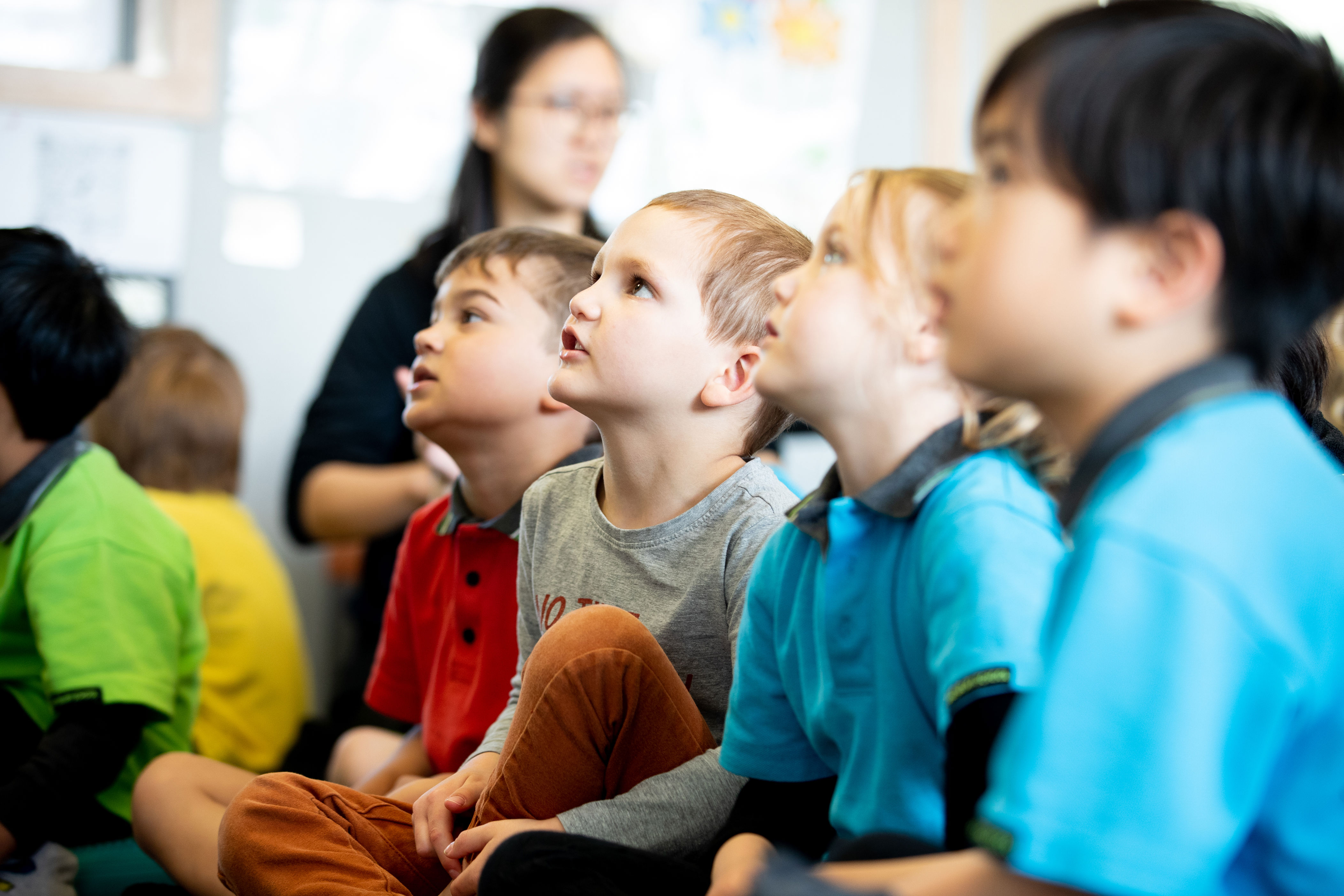
At the heart of a culturally responsive approach to learning is the manaakitanga that kaiako show for ākonga and the high expectations they have for them. Kaiako understand who ākonga are and value the prior knowledge and experiences they bring to the learning environment. Kaiako practice embodies power sharing and the co-construction of knowledge with ākonga.
For more than twenty years, researchers have identified the importance of relationship-based learning, particularly for ākonga Māori. It has also been shown that what works for ākonga Māori often works for all.
A key aspect of relationship-based learning is that ākonga learn best when kaiako are highly skilled and knowledgeable in their subject and when their practice includes literacy teaching (Bishop, 2019).
Effective teaching practices empower all ākonga to improve their achievements, and they reduce the disparities in the achievements of diverse groups of ākonga. Kaiako in all subject areas can improve the literacy levels of their ākonga by applying effective teaching approaches, such as the following:
- setting and communicating appropriate, specific, and challenging goals
- structuring learning situations so that ākonga can reach these goals
- providing reinforcement and constructive feedback to ākonga
- encouraging ākonga to understand learning processes and to develop independent strategies for learning. (Hattie, 1999)
However, these principles on their own will not address the diverse needs of all ākonga. Kaiako need to become critically conscious of how well they understand and respond to cultural diversity within their classrooms, and of their own theories of how ākonga learn. Stronger relationships without a shift in pedagogy will not result in improved outcomes for ākonga.
A cultural-competence approach in which kaiako focus on knowing and caring for ākonga while acknowledging and respecting their language and cultural traditions remains an essential part of relationships for learning. However, this often just reinforces what ākonga already know about themselves and their world. An effective cultural competence approach is one in which the kaiako demonstrates effective teaching skills and subject knowledge as well as respect for ākonga. It involves power sharing and includes ākonga in decision making. Such an approach is likely to create a learning environment that promotes agency and meets the academic and social-emotional needs of ākonga.
Developing culturally responsive relationships requires kaiako to become more professional and productive in their knowledge of literacy learning and the learner. They need to select appropriate instructional strategies, set high expectations, and develop collaborative relationships with whānau, specialists, and colleagues. (Bishop, 2019)
In 2018, the Office of the Children’s Commissioner published a report on the views of young people about their experiences at school. Six insights from the information gathered emerged.
1. Understand me in my whole world.
Children and young people talked about how they want to be seen for who they are and to be understood within the context of their home life and experiences.
2. People at school are racist towards me.
Many children and young people told us they experience racism at school and are treated unequally because of their culture.
3. Relationships mean everything to me.
Children and young people talked about the range of significant relationships that enable them to achieve or prevent them from achieving. Many told us that they cannot begin learning unless they have a trusted relationship with their teacher.
4. Teach me the way I learn best.
Children and young people want their teachers to teach them according to their strengths and unique abilities. Learning content was also important; some want to learn things that they see as relevant to their lives, and their futures.
5. I need to be comfortable before I can learn.
Children and young people from all different learning environments stressed the importance of feeling happy and comfortable before they can learn and the impact that their learning environment has on their wellbeing.
6. It’s my life; let me have a say.
Children and young people experience a lack of choice or participation in decision-making about their own lives and schooling. They really want to have a say in their education, and they want teachers to involve them in their learning.
Selecting resources
The principles of relationship-based teaching need to be reflected in the resources kaiako select for ākonga. These should include texts that reflect and affirm the world views and experiences of ākonga, are relevant and offer new perspectives, and are appropriately matched to their interests while also challenging their perspectives and opening up new possibilities. The Aotearoa New Zealand's Histories curriculum and Te Mātaiaho | the refreshed NZ curriculum set an expectation for kaiako to include mātauranga Māori in their teaching and learning.
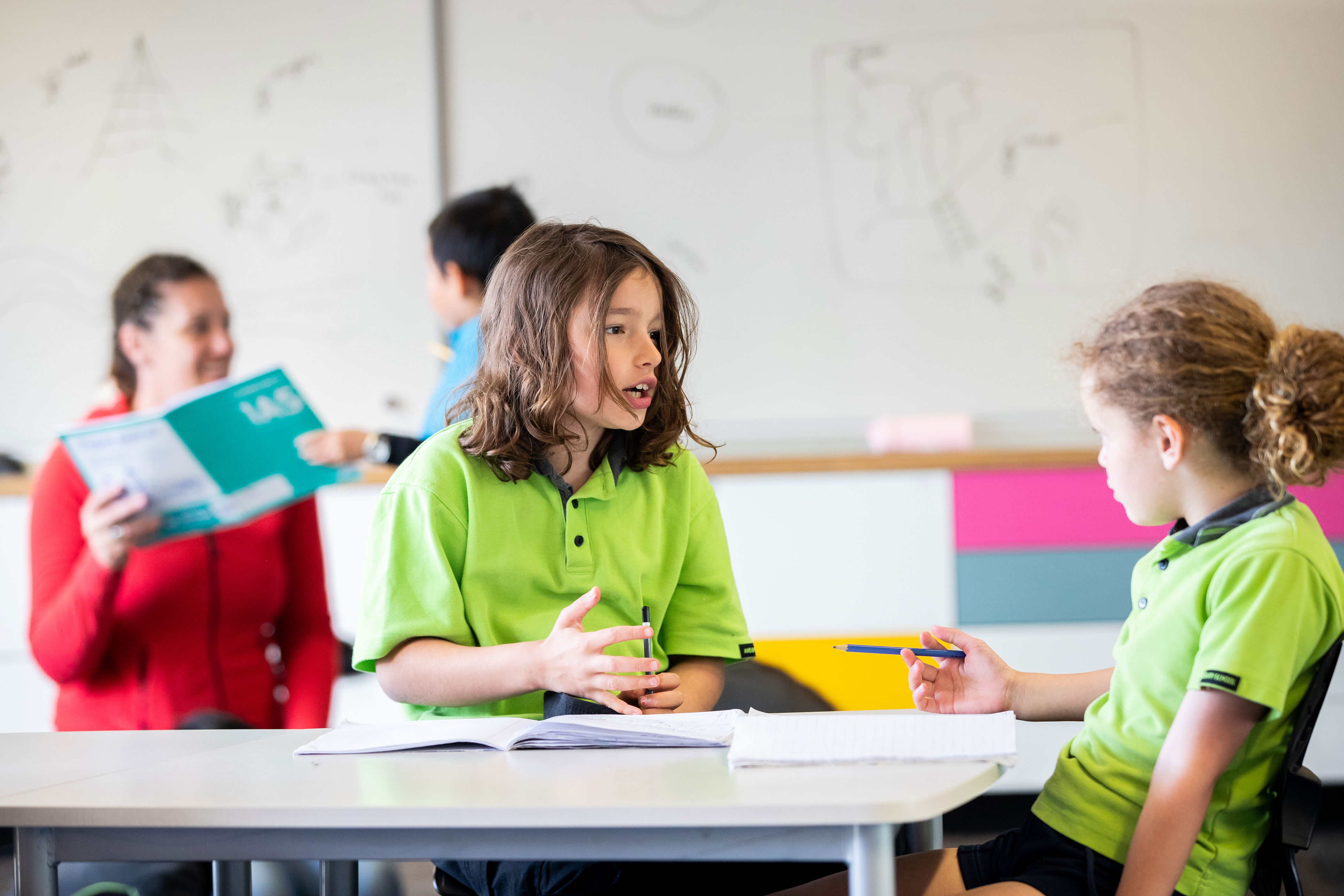
Research on home-school partnerships involving Māori and Pacific communities over many years shows that collaborations between home, school, and community have large positive effects on ākonga outcomes.
Such collaborations can be challenging when the culture of the school is not representative of all whānau. Reciprocal power-sharing relationships are key.
As ākonga move through their phases of learning, an equitable relationship between kaiako, ākonga and whānau may become more difficult to maintain. However, If the relationship is seen as a triangular one that continues from the beginning of their schooling through to the end, it may set an expectation for participation and shift the balance to enable all participants to be fully involved in the learning process.
Engaging whānau in learning through digital technology
Digital technology can provide ways of communicating between kaiako, ākonga and whānau, for example, by sharing learning portfolios or setting up hui that don’t need to be face-to-face. This is evident in the early years, with most early childhood centres using a digital platform to share "in time" learning experiences with whānau. These are annotated with comments to explain how the activity demonstrates learning.
An increasing number of primary schools now use similar platforms to engage whānau in short, regular and informal conversations and/or affirmations about how ākonga are participating and learning.
While equitable access to the internet is a constraint in low socio-economic communities, enabling whānau to purchase affordable chromebooks for their tamariki can provide rich opportunities to engage with them in home learning activities. Research in a community involving three decile 1 schools found that:
"Access (to digital devices) was an overarching enabling theme for students, parents and teachers. For students specifically, they appreciated access to view their peers’ work; accessing support from their teachers; having choices and autonomy; and support from home. Parents agreed that access to information and their teachers beyond the classroom were positive enablers for their children’s home learning and nurtured autonomy and independence. Parents offered support where they could in many forms. Teachers appreciated and encouraged parental involvement and contribution to student learning." (McCrea, Starkey, & Sylvester, 2017)
This research also identified that the nature of the home learning task was significant in determining how well ākonga and whānau engaged with home learning. As is the case in schools, the quality of the learning experience or task, with or without a device, is crucial for improving ākonga and whānau participation.
Reading together
Stuart McNaughton’s research (2020) indicates that parental/caregiver/whānau involvement is influential. Programmes that promote specific involvement activities add value to both shorter- and longer-term learning outcomes at school. The process of learning to read can be enhanced when children take home books from school and parents listen to them practising.
For such programmes to be successful, whānau need to receive guidance from the school, and books must be carefully selected.
Summer reading programmes
Summer reading programmes, where well-selected texts have been provided for ākonga and whānau to read over the summer break, have been shown to reduce the drop in achievement between December and February.
These programmes can be developed as joint ventures by schools, community libraries, and the School Library Service.
Berryman, M. (2018). Poutama, Pounamu – Equity, excellence and belonging.
Bishop, R. (2019). Teaching to the North East: Relationship-based Learning in Practice. (NZCER)
McCrea, H., Starkey, L., & Sylvester, A. (2017). Home learning in a digital age. Wellington: Victoria University.
McNaughton, S. (2020). The Literacy Landscape in Aotearoa New Zealand
Office of the Children’s Commissioner (2018). Education matters to me: Key Insights.


